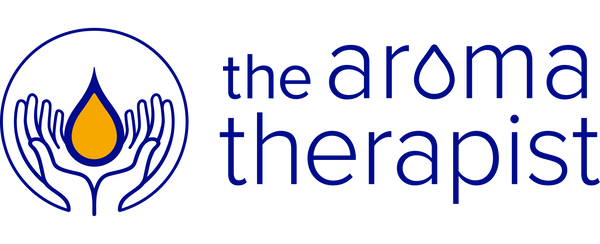Not all essential oils are created equal.
If you're looking to ditch the chemicals in your life, you probably want to make sure you aren't just replacing them with more (better hidden) chemicals! Here's what you need to know about essential oil quality and how to find it...
Most essential oils are bought and sold through a large brokerage system. This trade of essential oils represents a huge market, only roughly 2% of which is for therapeutic purpose. Approximately 50% of the trade is for the food industry, 20% perfume, 20% pharmacy (roughly estimated). There are more essential oils bought and sold through this large brokerage system to flavour pipe tobacco, than for aromatherapy or therapeutic purposes. This large and lucrative market isn’t going to cater to the 2% minority, for the purpose of which a whole unadulterated essential oil is imperative. For the larger trade ie; food, perfume and pharmacy, the whole oil is unnecessary and in many cases undesirable. These essential oils are bought and sold in huge quantities, pass through many hands and stages of distribution, each making their own ‘changes’ to the oil. The oils from this system that end up in the therapeutic or aromatherapy marketplace are of inferior quality. To trace them back to an original plant source would be impossible. To calculate the changes and adulterations they’ve passed through, also impossible. Deception is not only likely, it’s inevitable.
Unless you're buying essential oils that are regulated under the control of an internationally recognized third part certification body (in our case, EcoCert EU), the oil will have passed through the brokerage system.
Below is a list of common ‘changes’ that are made to essential oils purchased through the brokerage system, and how they impact the consumer.
*Terms like ‘Therapeutic Grade’, ‘100% Pure’, ‘Natural’ etc. are an indication that an oil is not controlled by a legitimate certification body.
Adulteration and Cutting: ‘Adulteration’ implies that an extraneous or inferior substance has been added to an oil, generally to cheat in regards to its market value. ‘Cutting’ implies changes to increase the volume of an oil, for example adding a solvent or other undetectable substance to increase the seller’s profit margin.
The real danger with this is that you have absolutely no idea what you’re inhaling or putting on your skin, literally, since adulterants are never disclosed. Many people choose to use essential oils to avoid the use of synthetic or toxic ingredients. The undisclosed substances used to adulterate essential oils, in many cases, are much more harmful than those allowed in cosmetics.
Rectification/Removal: These interventions cause changes in the composition of a pure essential oil and generally involve ‘removing’ a constituent from an oil (ie: removing terpenes that may make the oil less desirable to the food or flavour industry, shorten shelf life ect.). The undisclosed rectification of an oil is never an advantage to the consumer.
The risk with undisclosed rectification or removal in essential oils is that the natural balance of the oil is disturbed. For example by removing the terpene content of an oil, you increase the content of other biochemicals, potentially raising them to a degree that’s unsuitable for therapeutic application. The ‘whole’ oil has to be considered, in all its complexity with it’s mixture of potentially hundreds of different biochemicals, their molecular energy and synergy. This complete ‘whole’ is what researchers base ‘safe use’ on, some components ‘quench’ the otherwise potentially hazardous action of others.
Substitution: This is when an inexpensive oil is substituted for and sold as a more expensive oil, either in part or whole. A very common example of this is Lavender. A lot of Lavenders pretend to be the most valued lavender (high altitude lavandula angustifolia) through this process.
Aside from the fact that you’re being ripped of, one problem this presents is that you could unknowingly use an oil in a situation where it should never be used, thinking it was something it isn’t. Lavandula angustifolia is so gentle and soothing anyone can use it (pregnant women, small children), with no adverse side effects. But if it happens to be a less expensive latifolia or, worse, stoechas Lavender instead, safe and appropriate use is an entirely different story.
Synthetics: These chemicals produced in the laboratory from various sources are often added to inferior essential oils to increase their perceived value or improve the aroma. This is a very common practice since aroma chemicals are cheap and often difficult to detect, making them an easy and inexpensive method for a supplier to increase their profit margin.
Synthetic aroma chemicals are considered unsafe due to the variability and lack of transparency of their composition. Over the last decade synthetic fragrance and the petrochemicals that make up this group has come under fire in terms of health problems. Women with a history of cancer are often encouraged by their doctors to avoid fragrance, the awareness of it’s negative impact is common knowledge.
< /div>